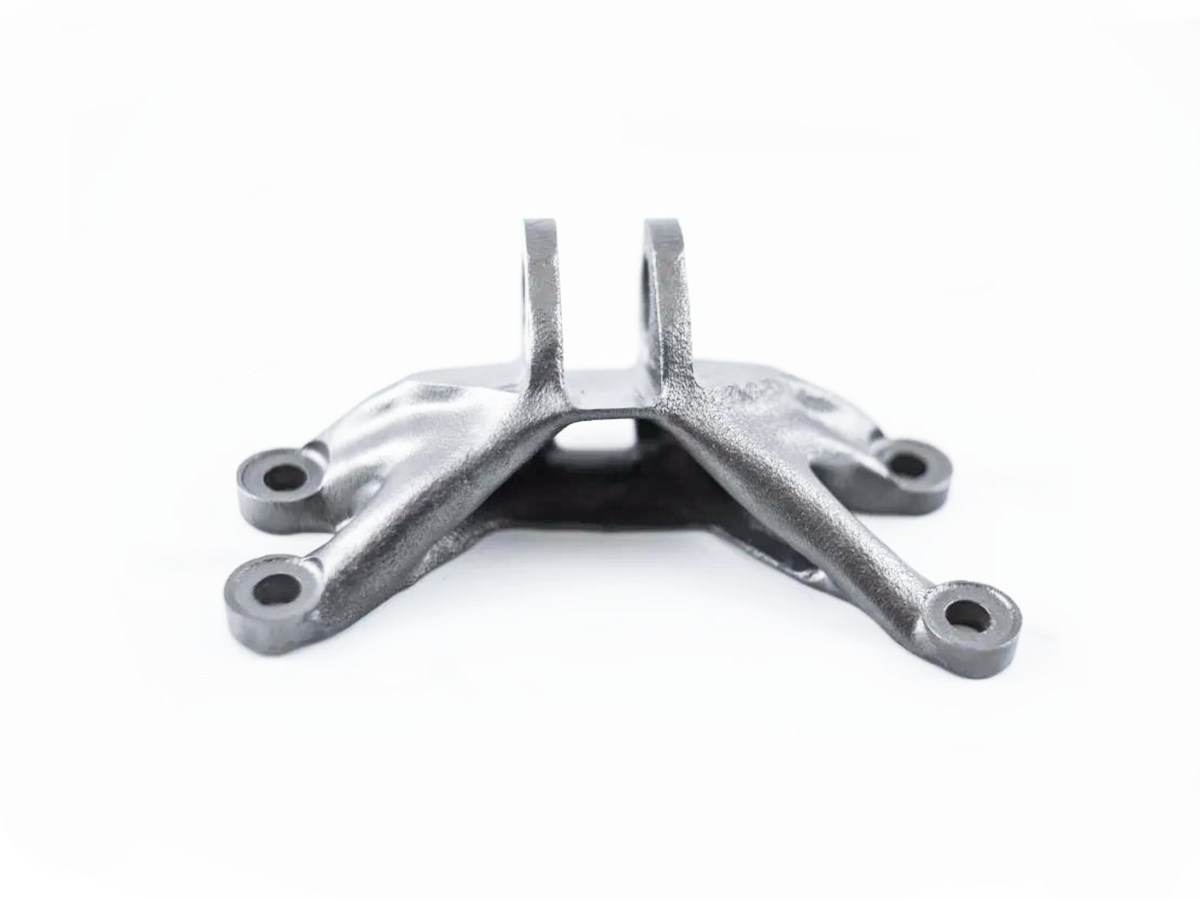How should burrs and sharp edges be handled after machining stainless steel using CNC?
From a manufacturing engineering perspective, the effective removal of burrs and sharp edges from CNC machined stainless steel parts is a critical quality and functional requirement. The tenacious and work-hardening nature of stainless steel makes it particularly prone to forming persistent burrs, which, if not properly addressed, can compromise assembly, safety, functionality, and corrosion resistance. A systematic approach, selected based on part geometry, production volume, and required edge quality, is essential.
The Challenge of Stainless Steel Burrs
Burrs on stainless steel are not merely inconvenient; they are a significant technical hurdle. Due to the material's high toughness and ductility, burrs formed during CNC Milling or CNC Turning are often stringy, resilient, and strongly adhered to the parent material. Furthermore, the material's propensity to work-harden means that improper deburring techniques can smear the burr into the surface or create a hardened, sharp lip that is even more difficult to remove, potentially inducing micro-cracks that become initiation sites for corrosion.
Primary Deburring and Edge Radiusing Methods
1. Manual and Mechanical Methods
For prototypes, low-volume production, or parts with simple geometries, manual methods offer precision and control.
Hand Deburring Tools: Using specialized scrapers, deburring knives, and files allows a skilled technician to precisely remove burrs from specific edges. This is labor-intensive and quality is operator-dependent, but offers high flexibility.
Abrasive Tools: Die grinders with mounted stones, abrasive cords, and sanding sticks are effective for breaking edges and reaching internal passages. It is crucial to use non-ferrous, stainless-steel-specific abrasives (e.g., aluminum oxide or silicon carbide) to prevent cross-contamination and embedded iron, which can lead to rust spots. This process is often followed by CNC Surface Brushing Treatment to blend the finished edges and create a uniform satin appearance.
2. Mechanical Automation for Consistency
For medium to high volumes, automated processes provide superior consistency and cost-effectiveness.
CNC Part Tumbling and Deburring: This is a highly efficient batch process. Parts are placed in a vibratory or rotary tub with a media blend of ceramic, plastic, or synthetic abrasive chips. The abrasive action uniformly breaks sharp edges and removes burrs from all exposed surfaces simultaneously. For stainless steel, a neutral or alkaline compound is used in the liquid solution to prevent staining or etching. Tumbling is ideal for parts without delicate features, providing a consistent, slight radius on all edges.
Thermal Energy Method (TEM): Also known as "burning," this process uses a combustible gas mixture in a sealed chamber. The rapid ignition instantly vaporizes burrs due to their high surface-area-to-volume ratio, leaving the main part unaffected. It is exceptionally effective for removing burrs from complex internal cross-holes and inaccessible channels that are impossible to reach mechanically.
3. Electrochemical and Abrasive Flow Methods for Precision
For high-value, complex components where absolute precision and zero mechanical stress are paramount, advanced methods are employed.
Electropolishing for Precision Parts: This electrochemical process selectively dissolves the surface layer of the metal, removing material at a microscopic level. It uniformly removes burrs and sharp edges while simultaneously improving surface finish, micro-smoothing the surface, and enhancing the native corrosion resistance. It is ideal for complex geometries and provides a clean, deburred part without any mechanical alteration or risk of introducing stress.
Abrasive Flow Machining (AFM): A visco-elastic polymer medium laden with abrasive particles is extruded under pressure through or across the part's edges and passages. This "liquid abrasive" precisely radiuses edges and removes burrs from difficult-to-reach internal features, such as the intersections of drilled holes, with extreme consistency.
Engineering Guidelines for Effective Burr Management
Design for Deburring: Specify edge break requirements on technical drawings (e.g., "Break all sharp edges to 0.1mm ~ 0.2mm max"). Avoid designs with inaccessible internal intersections.
Optimize CNC Machining Strategies: Utilize sharp tools, optimal feeds and speeds, and climb milling techniques to minimize burr formation at the source during the CNC Machining Process.
Select the Right Combination: Often, a combination of methods is most effective. For example, use tumbling for general edge-breaking followed by electropolishing for a final micro-deburr and corrosion enhancement.
Validate and Inspect: Use tactile inspection, optical comparators, or even microscopic analysis to verify that burrs are completely removed and specified edge radii are achieved, especially for parts used in the Medical Device or Aerospace and Aviation industries.



